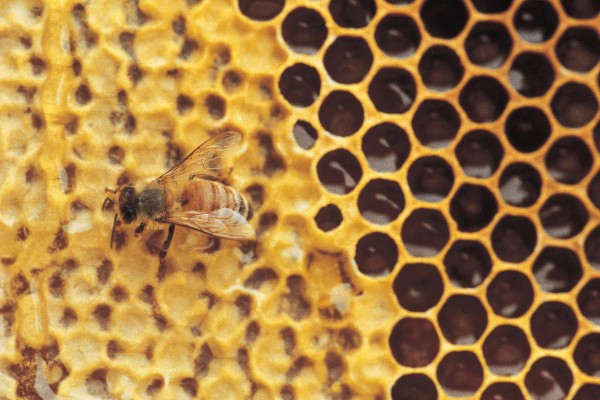After fracturing her leg, a 70-year-old woman from Nevada was hospitalized. After surgery, she developed an infection in her hip. Medical professionals tried to control the infection with several antibiotics, but all of them failed. The woman was facing a superbug that had evolved at the DNA level.
The 26 antibiotics available in the US, including last-line antibiotic colistin, were unable to stop the infection. The result was tragic; the woman’s microbiome was overtaken by the highly evolved superbug and the infection killed her. During the struggle to survive, the woman was isolated so the bacteria would not spread to other weakened patients in the hospital. According to microbial tests taken from other patients, the drug-resistant superbug did not spread; however, a superbug’s ability to spread is only half the problem. The other, more troubling problem with super bugs is their ability to lurk quietly inside the human gut until they find an opportunity to take advantage of a microbiome newly weakened by a round of antibiotics.
The real threat of superbug infection occurs due to a bacteria’s ability to evolve when antibiotics are administered
Patients are often admitted to the hospital with compromised microbiomes and weakened immune systems. The addition of more antibiotics allows these lurking, resistant superbugs to take control of the patient. As increasing use of antibiotics depletes the good microbes in the individual’s gut, superbugs are able to destroy the balance and take over the patient’s immune system. When there are not enough protective microbes in the gut, the superbug can take command and an infection manifests. The real threat of super bugs is their ability to manifest when a patient is given antibiotics. (RELATED: Read more about the failures of chemical medicine at Medicine.news)
Colistin is an antibiotic that is reserved for resistant super bugs, yet resistance to this drug has emerged as of recent. The scientists are finding out that resistance to colistin is caused by a single evolving gene called mcr-1. This gene is special because it can transfer between bacteria rather easily via free floating DNA called plasmids.
Plasmids are swapped in the gut of humans, as bacteria interact. If the individual obtains a bacterium with a plasmid that carries resistance to colistin, the bacteria may lurk in the gut and be held in check; however, the bacterium becomes infectious when antibiotics are administered. The antibiotics kill everything except for the resistant bacteria. This failure of modern medicine allows the newly-equipped super bug to fill the void and manifest infection in the body. With no microbial competition to hold the infectious bacterium accountable, the super bug takes control. (RELATED: Follow more news about Big Pharma at BigPharmaNews.com)
Antibiotic resistance occurring rapidly, across multiple bacteria species
Scientists warn that a single bacterium might collect multiple plasmids with multiple genes for resistance to multiple antibiotics. These infections can occur for multiple types of bacteria; tests have shown that E. coli has developed resistance through this same mcr-1 gene. One of the most recent super bugs to manifest came from the overuse of an antibiotic class called carbapenems. In 2009, scientists quickly found that the super bug had developed resistance through the gene, ndm-1, which allowed the bacteria to survive against the antibiotics that were once so heavily relied upon to treat it.
The real threat here is not the spread of a super bug from one person to the next. The real problem is the weakening of microbiomes via antibiotics which allows isolated cases of super bug infection to manifest, time and time again, in new places. Even if a hospital can control a super bug in the moment through isolation and sterilization, the real threat could manifest again and again, somewhere else.
Sources:



